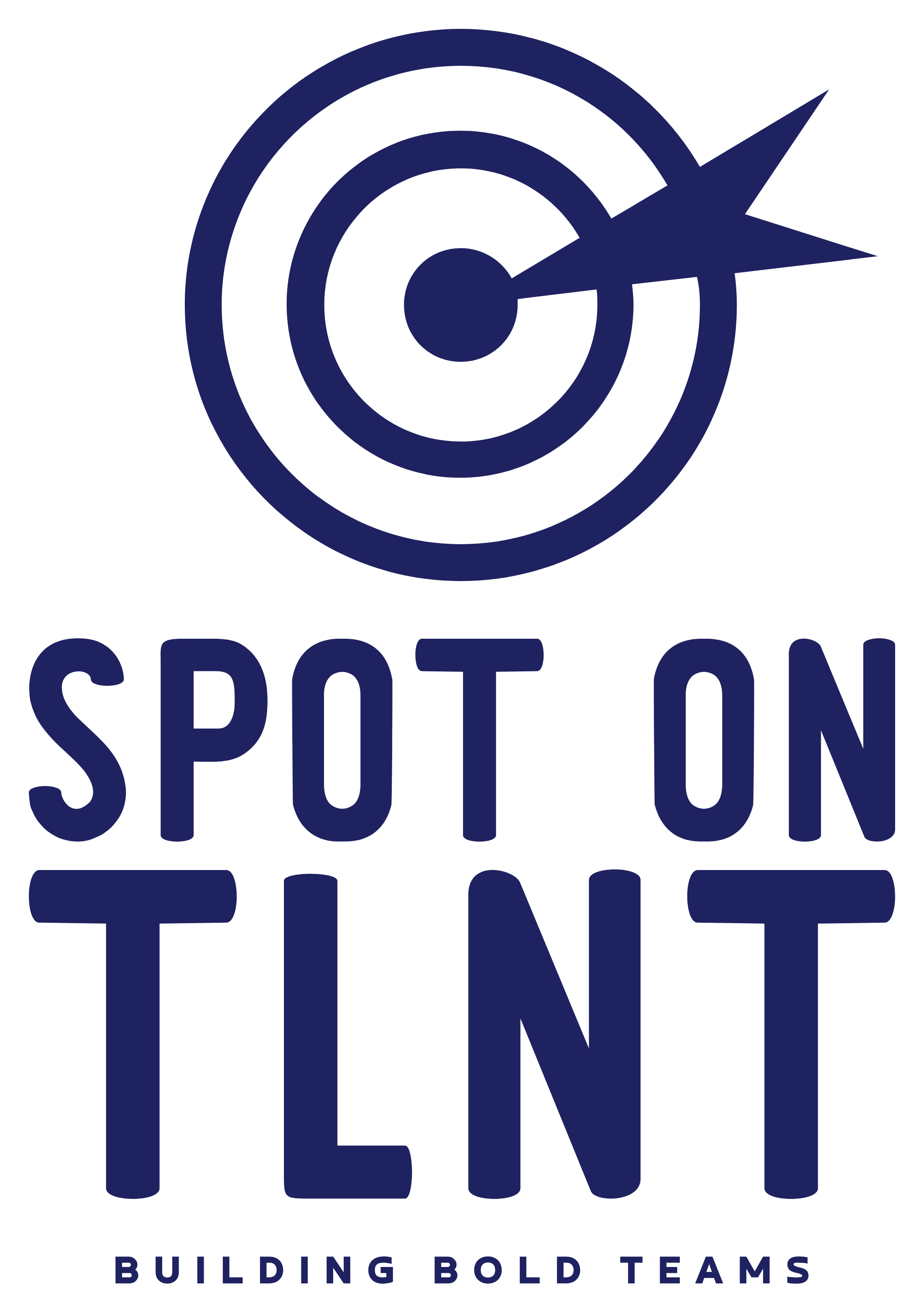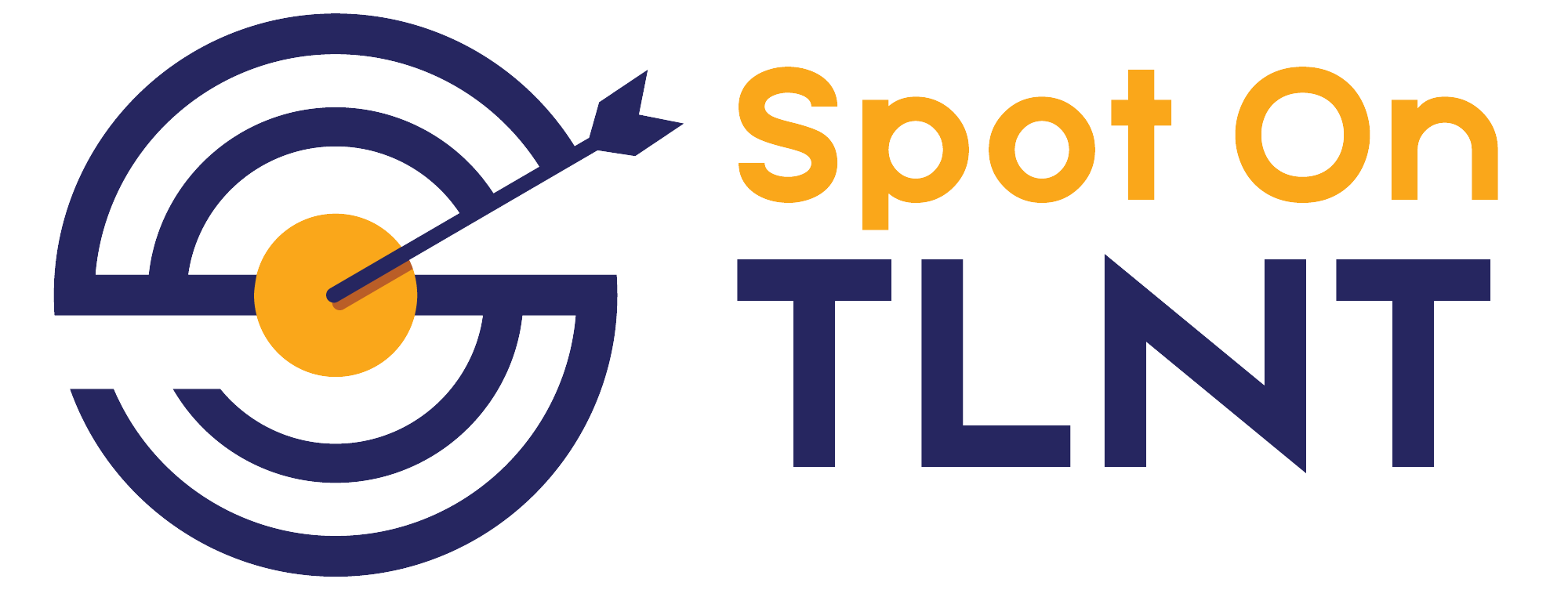In today’s competitive business environment, companies are increasingly recognizing that their success hinges not only on the skills and expertise of their employees but also on how well these individuals fit within the company culture. The concept of “culture fit” has become a key focus in recruitment, as businesses strive to build cohesive teams that align with their values, vision, and goals. But what exactly is culture fit, and why does it matter so much in the recruitment process? In this blog, we’ll explore the importance of culture fit, how it impacts both employees and employers, and practical ways to assess it during hiring.
Understanding Culture Fit
Culture fit refers to the alignment between an employee’s values, beliefs, and behaviors with the overall culture of the organization. It’s about how well an individual resonates with the company’s mission, work environment, and the way things are done within the organization. While skills and experience are critical, culture fit ensures that employees feel connected to the company’s ethos and are more likely to thrive in their roles.
Why Culture Fit Matters
1. Enhances Employee Engagement and Satisfaction
When employees feel that they are part of a culture that aligns with their personal values and work style, they are more likely to be engaged and satisfied in their roles. This connection fosters a sense of belonging, which can lead to higher levels of motivation and commitment. Engaged employees are not only more productive but also more likely to stay with the company long-term, reducing turnover rates and the associated costs.
2. Fosters Collaboration and Team Cohesion
A strong culture fit promotes a sense of unity and collaboration within teams. When individuals share similar values and goals, they are more likely to work well together, communicate effectively, and support one another. This cohesion is especially important in today’s dynamic work environment, where teamwork and cross-functional collaboration are essential for success. Teams that are culturally aligned can navigate challenges more effectively and innovate more rapidly.
3. Boosts Company Performance
Companies with a strong culture fit tend to outperform those without it. When employees are aligned with the company’s culture, they are more likely to be invested in the company’s success and go above and beyond in their roles. This dedication leads to improved performance, higher customer satisfaction, and ultimately, better financial results. Moreover, a strong culture fit can also enhance the company’s brand reputation, making it more attractive to top talent and customers alike.
4. Reduces Turnover and Associated Costs
Hiring the wrong person can be costly, not just in terms of time and money but also in the potential disruption to team dynamics. Employees who do not fit well with the company culture are more likely to become disengaged, dissatisfied, and ultimately, leave the organization. This turnover can lead to increased recruitment costs, loss of institutional knowledge, and a negative impact on team morale. By prioritizing culture fit during the hiring process, companies can reduce turnover and create a more stable, productive workforce.
How to Assess Culture Fit During Recruitment
Given the importance of culture fit, it’s essential to incorporate it into your recruitment process. Here are some strategies to help you assess culture fit effectively:
1. Define Your Company Culture
Before you can assess culture fit, you need to have a clear understanding of your company’s culture. This includes your core values, mission, work environment, and the behaviors and attitudes that are valued within your organization. Document these elements and ensure they are communicated consistently across your recruitment materials, job descriptions, and during interviews.
2. Incorporate Behavioral and Situational Interview Questions
Behavioral and situational interview questions can provide valuable insights into how a candidate might align with your company’s culture. Ask questions that reveal how they’ve handled situations in the past, their preferred work style, and how they align with your company’s values. For example, if collaboration is a key part of your culture, you might ask, “Can you give an example of a time when you worked successfully with a team to achieve a goal?”
3. Engage Multiple Stakeholders in the Interview Process
Involving multiple team members in the interview process can help ensure a well-rounded assessment of culture fit. Different stakeholders can provide diverse perspectives on how well a candidate might integrate into the team and align with the company’s culture. Encourage interviewers to share their observations and discuss any potential red flags or strong alignment they notice.
4. Use Assessment Tools
There are various assessment tools available that can help evaluate a candidate’s culture fit. These tools often include personality assessments, values alignment questionnaires, and situational judgment tests. While these tools should not be the sole basis for hiring decisions, they can provide additional insights to support your overall assessment.
5. Consider the Onboarding Process
Culture fit doesn’t stop at the hiring stage; it continues into the onboarding process. A strong onboarding program that reinforces the company’s culture can help new hires acclimate quickly and start contributing effectively. Use the onboarding period to reinforce cultural values, introduce new employees to key stakeholders, and provide opportunities for them to immerse themselves in the company’s culture.
Balancing Culture Fit and Diversity
While culture fit is important, it’s essential to balance it with diversity. A workforce that is too homogeneous in terms of background, experience, and perspectives can lead to groupthink and stifle innovation. Strive to build a diverse team that brings different viewpoints and experiences while still aligning with the core values and mission of the company. This balance can create a dynamic and inclusive work environment where creativity and innovation thrive.
Conclusion
In the ever-evolving landscape of business, culture fit has emerged as a critical factor in building successful, high-performing teams. It enhances employee engagement, fosters collaboration, boosts company performance, and reduces turnover. By prioritizing culture fit in your recruitment process and balancing it with diversity, you can create a workplace where employees feel valued, connected, and motivated to contribute to the company’s success. Ultimately, hiring for culture fit is not just about finding someone who can do the job—it’s about finding someone who will thrive in your organization and help drive it forward.



